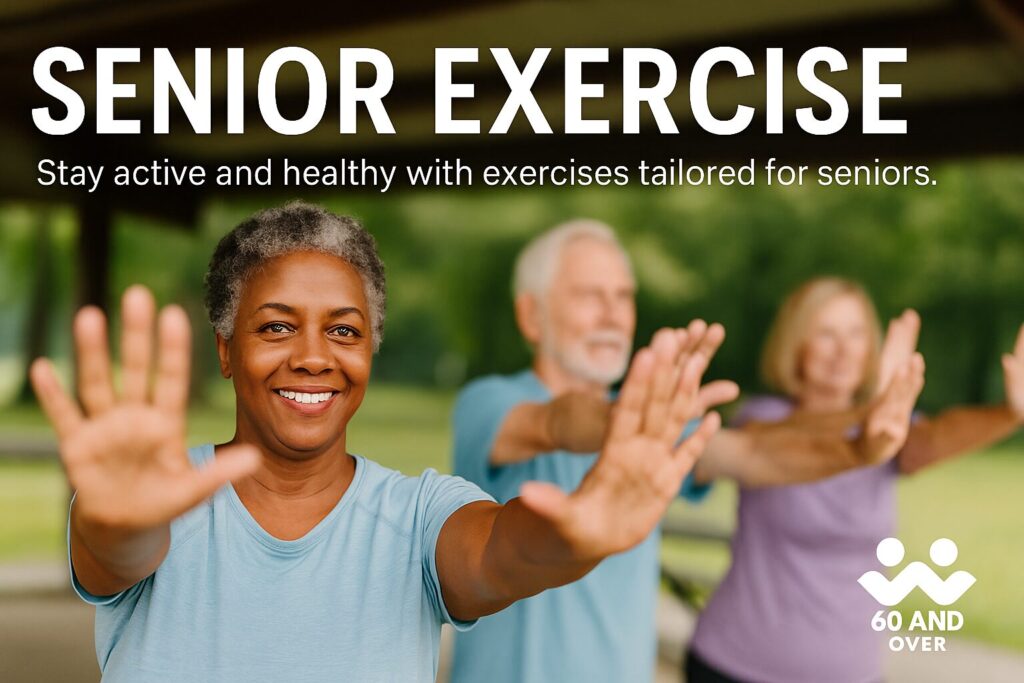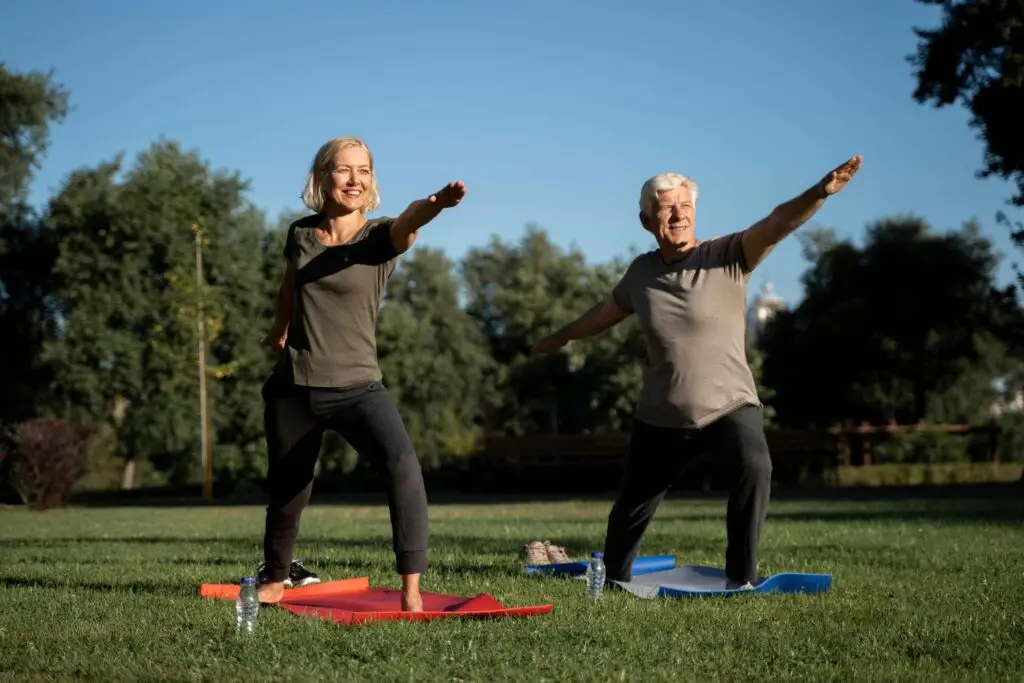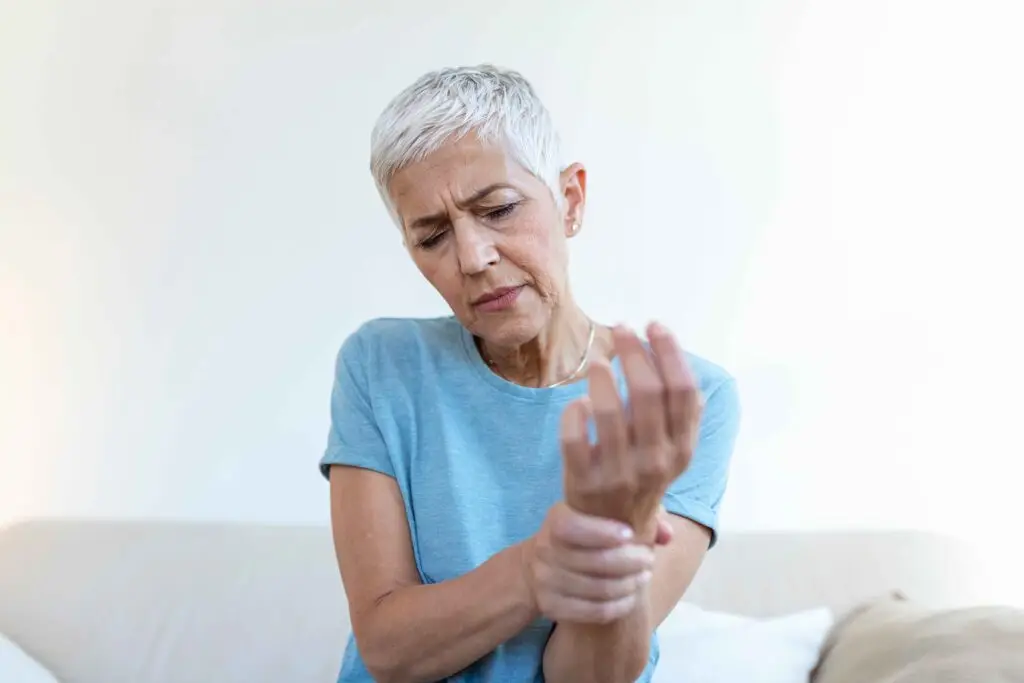Movement isn’t just for the young. In fact, staying active becomes even more important as we get older — especially if we want to keep doing the things we love, stay independent, and feel confident in our bodies.
This guide to senior exercise is built around what matters most: practical movement, realistic routines, and the confidence to start — no matter your age or ability.
Why Exercise After 60 Is Different (But Just as Important)
As we age, things naturally change — joint stiffness, slower recovery, balance issues, and muscle loss are all common. But here’s the good news: it’s never too late to move better, feel stronger, and boost your energy.
In fact, many older adults find that just a few minutes of the right exercise each day can lead to:
- Fewer falls and better balance
- Stronger bones and reduced osteoporosis risk
- Sharper thinking and memory
- Improved sleep and mood
- Less pain from arthritis and stiffness
- More independence in daily life
5 Senior-Friendly Exercises You Can Start Right Now
You don’t need a gym. You don’t need fancy gear. You just need a few simple movements that work for your body.
Here are five senior exercises that are easy to start — and effective when done consistently:
1. Seated Marching
Perfect if you’re just starting out or have limited mobility. Sit upright and gently lift one knee at a time, like a slow march.
Why it works: Improves circulation, strengthens hip flexors, and warms up your legs without strain.
2. Wall Push-Ups
Stand an arm’s length from the wall, place your hands on it, and slowly bend your elbows to bring your chest toward the wall.
Why it works: Builds upper body strength without getting on the floor. Strengthens arms, chest, and shoulders.
3. Toe Taps
While seated, tap your toes up and down as if pressing on a gas pedal.
Why it works: Increases ankle mobility and supports circulation in the lower legs — especially helpful if you sit often.
4. Standing Heel Raises
Hold onto a sturdy chair or counter and rise up onto your toes, then slowly lower down.
Why it works: Strengthens calves and improves balance.
5. Gentle Stretching
Stretch your arms overhead, roll your shoulders, or do a gentle spinal twist while seated.
Why it works: Keeps joints mobile, reduces stiffness, and improves posture.
How Much Exercise Do Seniors Need?
The CDC recommends that adults aged 65 and older aim for:
- 150 minutes of moderate exercise per week
(about 30 minutes, 5 days a week) - 2 sessions of strength training per week
- Flexibility and balance work 2–3 times per week
That might sound like a lot, but it doesn’t have to be done all at once. Even 10 minutes here and there adds up.
✅ Tip: Start where you are. If five minutes feels doable, start with five. Progress comes from consistency, not intensity.
Addressing Common Fears About Senior Exercise
“What if I fall?”
Start with seated or supported movements. Chair-based workouts are incredibly effective and safe.
“I’ve never worked out before — is it too late?”
It’s never too late. Studies show people in their 70s, 80s, even 90s can build muscle, improve balance, and feel better through movement.
“I have arthritis or joint pain.”
Low-impact exercises like water aerobics, walking, and stretching can actually reduce pain over time by keeping joints lubricated and muscles strong.
Simple Weekly Exercise Plan for Seniors (No Equipment)
| Day | Activity |
|---|---|
| Monday | 10-minute walk + wall push-ups (2 sets) |
| Tuesday | Chair stretching + seated marches (3 mins) |
| Wednesday | Heel raises + gentle yoga (YouTube) |
| Thursday | Rest or short walk + deep breathing |
| Friday | Wall push-ups + toe taps + light stretching |
| Saturday | Dancing to music or gardening |
| Sunday | Full rest or casual walk |
💡 Want more structure? Look for senior-focused workout videos on YouTube like Grow Young Fitness or HASfit for Seniors.
When to Talk to Your Doctor
Before starting a new exercise program, it’s smart to speak with your doctor — especially if you:
- Have chronic conditions like heart disease or diabetes
- Experience dizziness or frequent falls
- Take medications that affect blood pressure or energy
- Recently had surgery or hospitalization
Your doctor may recommend certain exercises or refer you to a physical therapist to get started safely.
Final Thoughts: Movement Is Medicine
Senior exercise isn’t about pushing your limits — it’s about maintaining the freedom to live life on your terms. Whether that means keeping up with the grandkids, walking without pain, or simply feeling more energized each morning, a little movement each day makes a big difference.
Start slow. Keep going. And most of all — make it feel good.





